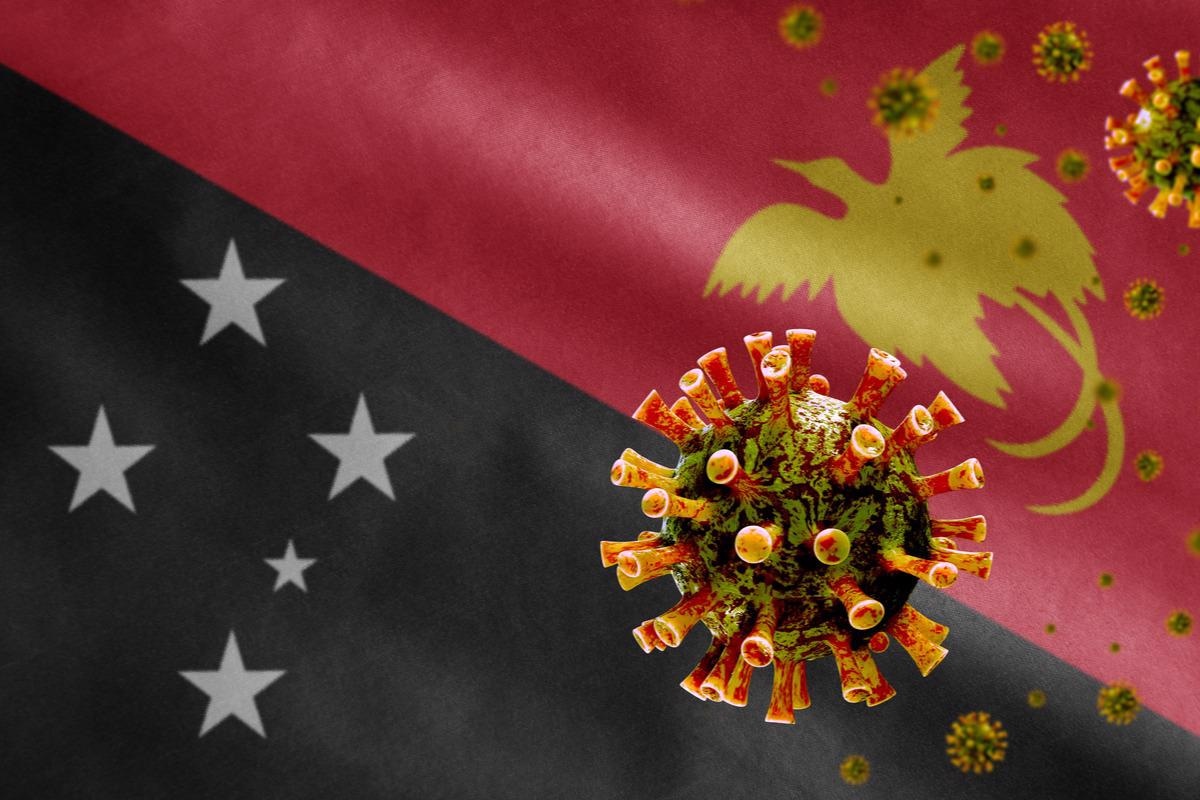Severe acute respiratory syndrome coronavirus 2 (SARS-CoV-2), the causative agent of the coronavirus disease 2019 (COVID-19), has infected around 2.7 million individuals and resulted in approximately 40,000 deaths in the Western Pacific region.
 Study: Genomic Characterisation Reveals a Dominant Lineage of SARS-CoV-2 in Papua New Guinea. Image Credit: REC Stock Footage/Shutterstock
Study: Genomic Characterisation Reveals a Dominant Lineage of SARS-CoV-2 in Papua New Guinea. Image Credit: REC Stock Footage/Shutterstock
Background
Papua New Guinea (PNG), with a population of 8.8 million (87% living in rural areas), experienced the first wave of COVID-19 in April 2020, which was promptly controlled by August 2020. However, the country experienced a surge in cases resulting in the second wave of SARS-CoV-2 infection, with nearly 177,774 confirmed cases by July end.
The total number of cases soared by October 2021. Due to logistic challenges, testing for SARS-CoV-2 infection, epidemiological investigations, and disease surveillance were hampered in the country, impacting the implementation of public health measures to control the disease spread.
After sufficient pathological, immunological, and epidemiological evidence, a PANGO lineage of SARS-CoV-2 was marked as a variant of concern (VOC) by the local or international bodies. Currently, four lineages of SARS-CoV-2 have been classified as VOC by the World Health Organization (WHO), displaying an exceptionally high number of mutations resulting in immune evasion and high transmissibility.
Genomic surveillance has now been deemed a mandate to control and manage the pandemic by detecting and identifying new emerging variants, outbreaks, and disease transmission, thereby allowing appropriate public health interventions to control the spread of disease.
The study
A recent study published in the journal Virus Evolution characterized the SARS-CoV-2 lineages circulating in Papua New Guinea during the second wave of COVID-19, described the unique genomic dataset in the region, and examined the sudden growth of an ill-defined but prevalent lineage of SARS-CoV-2 in the Western Pacific region.
For this study, a routine genomic system of SARS-CoV-2 from PNG was established. Phylodynamic and phylogenetic analysis of the sequences generated from SARS-CoV-2 infected individuals was done.
Results
Out of the total sequenced SARS-CoV-2 positive samples, 1,797 samples met the internal quality control (QC) measures, and 1,672 samples were linked successfully to PNG NCC and the Ok Tedi Mining Limited (OTML) epidemiological metadata.
PANGO lineage assignment of 1,797 PNG samples was highly unstable with constant shifts between three highly linked lineages – AU/B.1.466/B.1.459. Samples needed frequent reassignments between these groups regardless of sequence quality or genome coverage.
Out of the total PNG sequences, 88% belonged to highly related B.1.459, B.1.466.2, AU.1, or AU.3 lineages associated with the Southeast Asian and Pacific region. Additionally, five percent of the sequences were typed as B.6/B.6.B lineages, and 2.4% of the sequences belonged to B or B.1 lineages. Meanwhile, only one sample was identified as a VOC (Delta- B.1.617.2).
Phylogenetic analysis showed five broad clusters with an intermingling of B.1, B.1.466.2, B.1.459, and AU lineages within the clusters and closely related samples typed as PANGO lineages. Analysis of the temporal distribution revealed a shift from B.6.8/B.6 lineages in the mid-2020 to B.1 and B.1.459/B.1.466.2/AU lineages early in 2021. Samples from 2020 didn’t record any other lineage.
Geographically diverse clusters were identified, with each cluster being concentrated in a particular PNG area. ‘Cluster 2’ – the largest cluster, was connected to the Western Province and OTML mines, whereas the smaller clusters were linked to the island of New Britain, the National Capital District, together with the larger surrounding provinces or a spread to New Britain from the highland provinces.
The available genomic data estimated the introduction of 55 events in the PNG, out of which only three consisted of a single case without any evidence of transmission. Importantly, consistency with the broad genomic clusters was identified with the importation clusters. Twenty-four importation genomic clusters with at least five sequences were found (the largest having 926 sequences).
The first importation genomic cluster with a minimum of five genomes was detected between July 2020 and March 2021. It was estimated that between February 2020 and March 2021, importation genome clusters with at least five genomes were introduced. Most importation events were estimated to have occurred around March 2021.
Overall, 90% of the genome clusters consisted of PANGO lineages B.1.459, B.1.466.2.3 (AU.3), and B.1.466.2.1 (AU.1) with 256, 198, and 387 genomes, respectively.
The use of a coalescent framework for the four largest importation genomic clusters estimated a similar coalescent growth rate among clusters – with evidence of epidemic growth in all clusters. The doubling time of the genomic importation clusters overlapped with a doubling time of nine days for the largest importation cluster (Cluster A) and a doubling time of eight days for the smallest cluster (cluster B).
The sampling intensity was below 0.02 and was uncertain, with cluster A having the highest sampling intensity (0.011). These estimates suggest the genomic sampling represents a very small outbreak proportion for each importation cluster.
Conclusion
The results revealed multiple new introductions together with a rapid expansion of B.1.466.2 and the related lineages in Papua New Guinea. Moreover, the findings underscored difficulties caused by unstable lineage assignments when genomics is used to define rapid clusters.